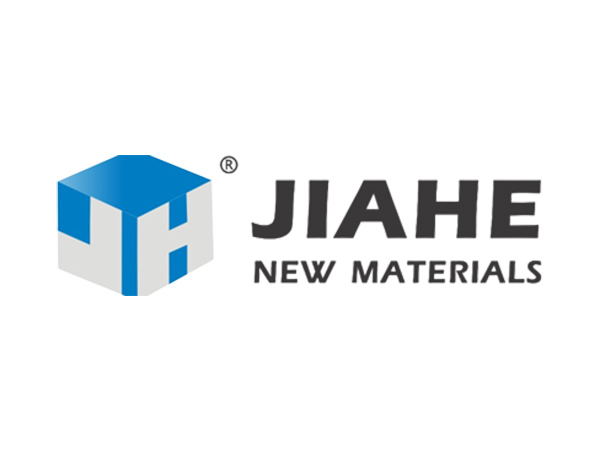NEWS

Unveiling the Wonders of Fatty Acid Powder
Fatty acid powder is a versatile substance with a wide range of applications. These powders are derived from fatty acids, which are carboxylic acids featuring long hydrocarbon chains. They can be sourced from various places, including plants, animals, and even microorganisms, with common sources being vegetable oils, animal fats, and

Odor Eliminators: Banishing Unpleasant Smells with Ease
Unwanted odors can turn a pleasant environment into an uncomfortable one in an instant. Whether it’s the pungent smell of garbage, the musty odor in basements, or the lingering stench of cigarettes, odor eliminators are the unsung heroes that come to the rescue, restoring freshness and comfort. Odor eliminators operate

The Magic of Odor Removers: Transforming Spaces
Unpleasant odors can significantly impact our daily lives, whether it’s the lingering smell of cooking in the kitchen, pet odors at home, or the stale air in a closed – room. This is where odor removers come into play, offering a simple yet effective solution to restore freshness and comfort.

Bid Farewell to Plastic Deodorant and Unlock a New Experience of Quality Life!
Are you still troubled by the pungent odors of plastic products? Whether it’s a newly – unpacked toy, a food packaging box, or the plastic components of car interiors, these unpleasant smells not only affect the user experience but may also raise doubts about product quality. Now, the plastic deodorant

Rubber Deodorant: Say Goodbye to Unpleasant Odors in Rubber
In the field of rubber manufacturing, unpleasant odors pose a significant challenge. Whether it’s the rubber additives used during the production process or the residual monomers in the rubber itself, they can release unpleasant smells. The odor problem is even more severe in recycled rubber. The emergence of rubber deodorants

The Promising Future of Industry Deodorants
The future of industry deodorants shines brightly, driven by rising environmental awareness and stricter odor – emission regulations. Industries are under pressure to control unpleasant smells, fueling demand for advanced deodorants. Expansion in Traditional Application Areas In waste management, urban population growth and more waste mean landfills and treatment plants

